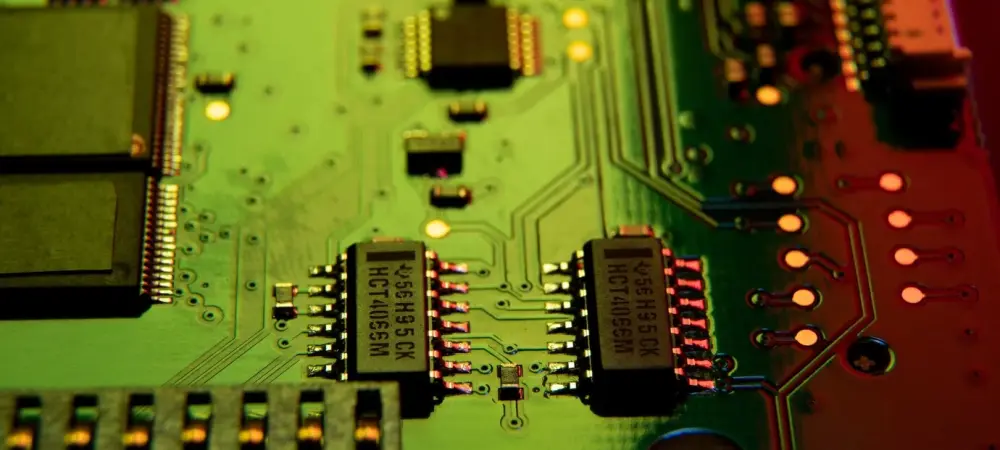In today’s rapidly evolving technology landscape, advancements in AI compute capabilities are reshaping how industries function, bringing about transformative changes across various sectors. The launch of AMD’s latest AI GPUs, with their significant performance enhancements and powerful architecture, plays a pivotal role in this evolution, promising to redefine AI processing standards and capabilities.
Context and Impact
AMD’s Instinct MI350X and MI355X GPUs mark a milestone in the development of AI technology, further amplifying AMD’s influence in the server CPU market. By achieving a market share nearing 40%, AMD highlights its increasing relevance and competitive stance. With a remarkable increase in AI compute capacity and inferencing abilities, these new GPUs underscore AMD’s commitment to pushing technical boundaries. The focus of this review is to dissect the key characteristics and technological advancements represented by these GPUs and assess their broader impact.
Detailed Analysis of Technology
Performance Improvements and Metrics
The new AMD AI GPUs are a testament to cutting-edge performance metrics. Boasting a 4x increase in AI compute capacity and a 35x boost in inferencing capabilities, these GPUs set a new benchmark in power and efficiency. Such substantial improvements enable faster and more effective data processing, aligning with industry demands for more robust and reliable AI solutions.
Innovative Architecture and Node Technology
Central to these performance leaps is AMD’s adoption of the CDNA 4 architecture, combined with TSMC’s 3nm node. This synergy results in a staggering 185 billion transistors per chip, enhancing both performance and transistor density. Such architecture and technology choices are critical in advancing AI processing speeds and accommodating increasingly complex computations demanded by modern AI applications.
Memory and Energy Efficiency
The MI350X and MI355X models showcase significant advances in memory bandwidth and capacity, crucial for supporting large-scale AI tasks. The inclusion of high-bandwidth memory enhances data throughput, while power efficiency measures help manage the GPUs’ high energy requirements, which can reach up to 1,400W. Effective cooling solutions complement these robust specifications, tackling one of the primary challenges in high-performance computing.
Emerging Developments
Recent innovations in AMD’s AI GPUs are indicative of a broader trend toward enhanced collaboration and open standards. With the introduction of the Open AI ecosystem, including elements like the ROCm7 software stack, AMD signals a strategic shift toward increased interoperability and innovation. This development, coupled with plans for the Helios AI rack solutions, illustrates AMD’s vision of establishing a comprehensive AI environment by 2026. Such advancements are not only shaping industry standards but are also prompting shifts in both consumer and industrial adoption behavior.
Industry Applications
In the practical domain, AMD AI GPUs are seeing widespread deployment across various sectors, including finance, healthcare, and autonomous systems. The GPUs’ robust processing capabilities enable complex data analyses, driving efficiency and innovation in real-world applications. Notably, these GPUs are facilitating advanced machine learning models, supporting industries in unlocking new potentials and addressing intricate challenges.
Challenges Ahead
Despite these advancements, AMD faces several challenges. Technical hurdles, such as thermal management and power efficiency, demand continuous innovation. Moreover, regulatory considerations and market competition present additional obstacles. AMD’s ongoing development efforts aim to overcome these challenges, ensuring the AI GPUs remain at the forefront of technological advancements.
Conclusion and Future Considerations
The evaluation of AMD’s AI GPUs paints a picture of groundbreaking potential combined with strategic foresight. As the company continues to refine its offerings, the focus should stay on surmounting existing limitations while exploring untouched possibilities in AI processing. The anticipation for future breakthroughs, particularly with the pending MI400 series, is high. Ultimately, AMD’s AI GPUs not only influence today’s technology landscape but are also set to shape tomorrow’s AI exploration and application.

